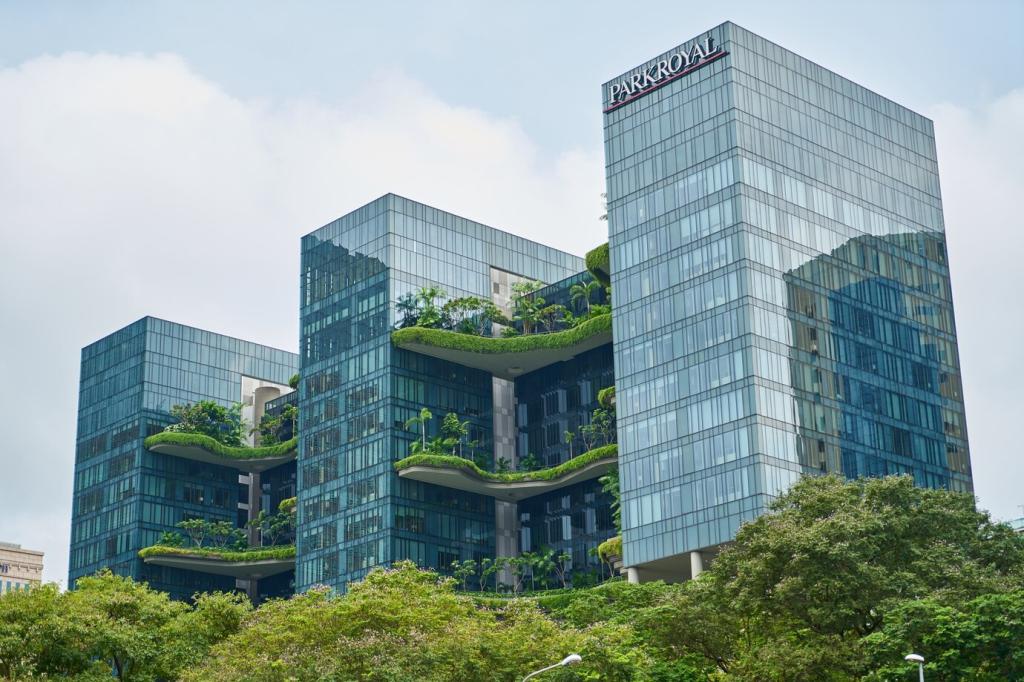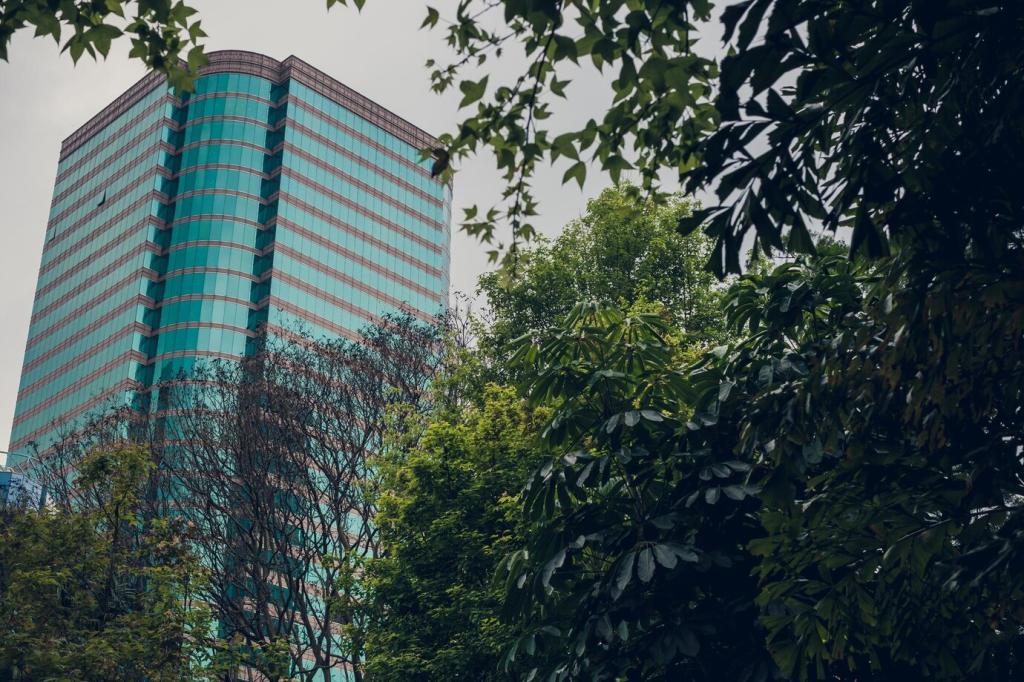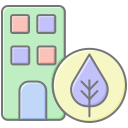The Rise of Green Materials in Contemporary Home Design
The modern home is undergoing a transformation rooted in environmental consciousness and sustainable practices. As climate change and resource scarcity become pressing global issues, architects, designers, and homeowners alike are turning to green materials to redefine the aesthetics, functionality, and values of today’s living spaces. The shift towards eco-friendly materials is more than a trend; it is a commitment to healthier environments, ethical choices, and a more sustainable future.
Foundations of Green Design
At the heart of the concept, a green material is defined by its minimal environmental impact throughout its life cycle — from sourcing and manufacturing to use and eventual disposal or reuse. Renewable resources, low embodied energy, toxin-free composition, and the ability to be recycled or safely biodegraded at the end of its life, all distinguish green materials from their traditional counterparts. Beyond technical specifications, the ethos of green materials lies in their capacity to reduce carbon footprints, create healthier indoor environments, and support global stewardship through responsible harvesting and supply chains.


Recycled and Upcycled Elements
Recycled materials such as glass, steel, and composite woods are revolutionizing everything from countertops to structural supports in modern homes. By diverting waste from landfills and reducing the demand for virgin resources, these upcycled products offer a sense of history and imagination within new structures. Each piece of recycled material carries a story, merging sustainability with distinctive aesthetics. Upcycling takes creativity a step further, transforming old barn wood into statement walls or discarded plastics into stylish tiles. The result is a living space with character, warmth, and a significantly diminished environmental impact.
Sustainable Resources: Bamboo and Cork
Few renewable materials have made as big an impact on modern living as bamboo and cork. Fast-growing, low-maintenance, and biodegradable, these resources are celebrated for their unmatched sustainability profile. Bamboo’s strength and flexibility make it ideal for flooring, cabinetry, and accents, while cork provides natural thermal and acoustic insulation in addition to its visual appeal. Both materials introduce organic textures and balance to interiors, catering to a rising desire for homes that merge natural beauty with eco-friendly philosophy. Their popularity also incentivizes responsible land management and encourages supply chains to prioritize regenerative practices.
Non-Toxic and Natural Finishes
Creating a truly green home means considering not just the core materials, but also the substances used to treat, protect, and color them. Natural paints, lime washes, beeswax polishes, and plant-based oils offer vital alternatives to conventional coatings, which often contain harmful chemicals like VOCs. These cleaner options safeguard indoor air quality and preserve the integrity of the materials they cover. By choosing non-toxic finishes, homeowners ensure that their living spaces support wellbeing and are free from pollutants that may contribute to allergies or long-term health risks, all while maintaining style and durability.
Benefits for Homeowners and the Planet
Healthier Indoor Environments
Choosing non-toxic, ethical materials has immediate benefits for those living in the space. Traditional building products can emit harmful substances over time, compromising air quality and causing respiratory or allergic reactions. Green materials, on the other hand, promote a healthier atmosphere by reducing off-gassing and eliminating exposure to hazardous chemicals. Homeowners often report feeling more comfortable and energized within these environments, which provide peace of mind for families, pets, and guests alike. This prioritization of wellness marks a profound shift in what it means to design a home fit for contemporary needs.
Long-Term Cost Savings
Although some green materials require a higher upfront investment, they often yield significant cost savings over the life of the home. High-performance insulation, recycled steel beams, and naturally durable floorings like bamboo reduce energy bills, maintenance expenses, and replacement costs. These savings add up over time, making sustainable choices financially savvy as well as environmentally beneficial. Moreover, as manufacturing scales up and demand grows, prices for many green materials continue to fall, amplifying their accessibility and economic benefits. This financial dimension motivates more homeowners to embrace eco-friendly home improvements.
Lower Environmental Impact
Reducing a household’s carbon footprint stands as a driving force in the decision to opt for green materials. The use of renewable, recycled, or low-impact resources preserves natural ecosystems, cuts energy consumption, and limits landfill waste. Thoughtful material selection also supports wider efforts to combat deforestation, pollution, and resource depletion. As individual choices accumulate, the collective benefit becomes evident across communities and regions, underscoring the meaningful difference each homeowner can make through conscious design. The ripple effects of lower-impact living not only help the planet but also set new expectations for future generations.
